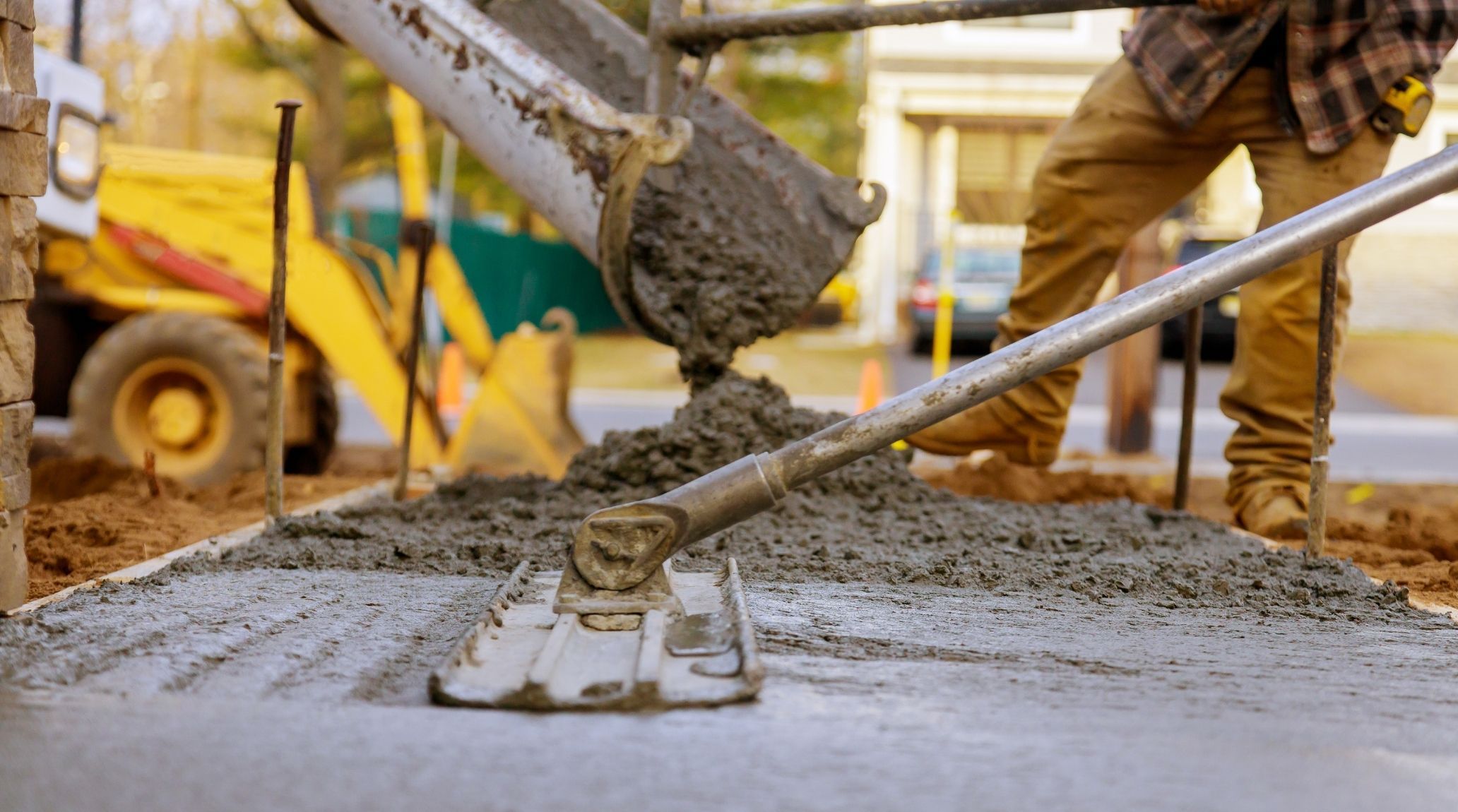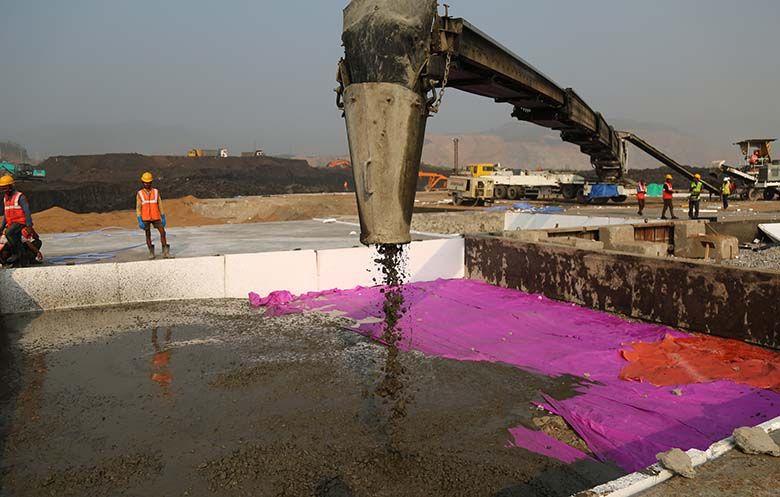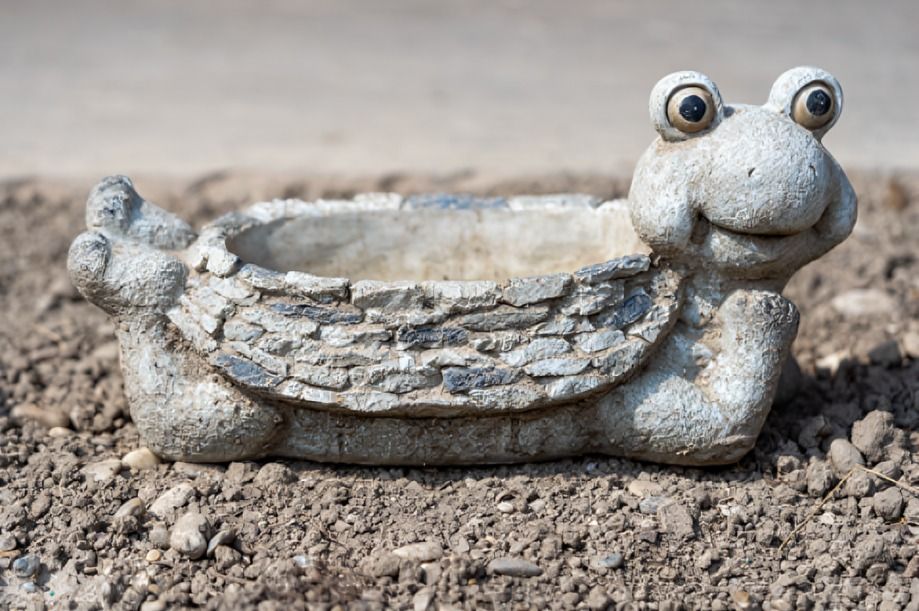
“
Concrete, often overshadowed by flashier materials, is the true heavyweight champion of the construction world. From ancient Roman marvels to towering modern skyscrapers, this versatile material plays a pivotal role in shaping our built environment. In this blog, we dive into some amazing concrete facts that highlight concrete's incredible journey—from its origins in ancient Rome to its ground breaking achievements in contemporary construction. 1
1
1
1
”
Concrete reigns as the globe’s most-used material, with a staggering 20 billion tons used annually. China leads the charge, consuming half of the world’s concrete every year due to its vast construction needs. 1
Concrete is highly durable, offering excellent resistance to both fire and water. Its strength and resilience make it a dependable choice for buildings and structures exposed to harsh conditions, ensuring long-lasting performance and safety in various environments.2
On March 27, 2024, Mohammad Abdulaziz Al-Habib Real Estate Company set a record in Riyadh, Saudi Arabia, with the largest continuous concrete pour of 69,824.87 cubic meters (2,465,842 cubic feet). This feat highlighted their remarkable construction capabilities. 3
In Ingolstadt, Germany, the Museum of Concrete Art features a distinctive collection of artworks made from concrete. This museum highlights the material's aesthetic versatility and innovative use beyond traditional construction, demonstrating its creative potential in the art world. 4

On January 7, 2019, Navayuga Engineering Company Limited set a record by pouring 32,315.5 cubic meters of concrete in just 24 hours at India’s Polavaram Dam Project. This massive pour was essential for building crucial irrigation and power infrastructure.
The Three Gorges Dam in China is the largest concrete structure on Earth. Stretching 2,335 meters long and rising 185 meters high, it required an enormous 28 million cubic meters of concrete to build.5
During World War II, concrete “sound mirrors” were used for detecting enemy aircraft. These large structures, equipped with microphones, could detect approaching planes from distances of up to 27 miles, offering early warning of aerial threats. 6
Concrete is essential for motorway bridges and high-rise buildings. A prime example is the Trump International Hotel and Tower, which stands at 423 meters, making it the tallest concrete structure globally, showcasing concrete’s capability in modern architecture and engineering. 7
The volcanic ash used by the Romans helped make their concrete incredibly strong and resistant to cracking. This ancient recipe was rediscovered in modern times as a key to sustainable construction. 8
Concrete was forgotten during the Middle Ages but re-emerged in the 18th century. Its revival marked a return to its use in fortifications and massive bridges, highlighting its renewed importance in construction and engineering. 9
In 1824, Joseph Aspdin, an English mason, patented Portland cement, which revolutionized concrete production. Named after Portland, England, this cement became the standard for modern concrete. 10
Concrete boasts remarkable compressive strength, which measures the force needed to break it. Typically ranging from 3,000 to 7,000 psi, concrete can achieve strengths up to 20,000 psi, showcasing its exceptional durability and robustness. 11
Concrete’s versatility extends underwater. Special underwater concrete mixes are used in constructing bridges, dams, and marine structures, allowing for effective construction in challenging environments. 12

Concrete isn’t just for structures; it’s also an art medium. Modern concrete art installations and sculptures showcase its versatility, blending functionality with aesthetic expression, proving its potential far beyond traditional structural uses.
Concrete gains about 90% of its final strength within four weeks but continues to strengthen for decades. This ongoing improvement is due to the conversion of calcium hydroxide to calcium carbonate and the absorption of carbon dioxide over time. 13
Modern concrete technology uses recycled aggregates from demolished structures, promoting sustainability by reducing waste and conserving natural resources. This practice not only helps minimize environmental impact but also supports a circular economy in the construction industry. 14
Many people mistakenly use “cement” and “concrete” interchangeably. Concrete is a composite material made by mixing cement with aggregates like sand. Cement is an ingredient in concrete, similar to how flour is used in baking cakes and bread.15
Concrete walls and barriers play a critical role in flood protection systems. These structures are designed to protect vulnerable areas from the impact of floodwaters, thereby enhancing safety and resilience during extreme weather events. 16
The first concrete road was constructed in Greenfield Township, now northwest Detroit, in 1909. Stretching a mile on Woodward Avenue between 6 and 7 Mile Roads, it was built for $13,492.83 by the Wayne County Road Commission, including Henry Ford. 17
Between March 1 and March 6, 2018, Tehran witnessed the longest continuous concrete pour, lasting 5 days, 4 hours, and 11 minutes. PS-Co. achieved this monumental task for the Iran Mall building, showcasing incredible endurance and engineering skills. 18


